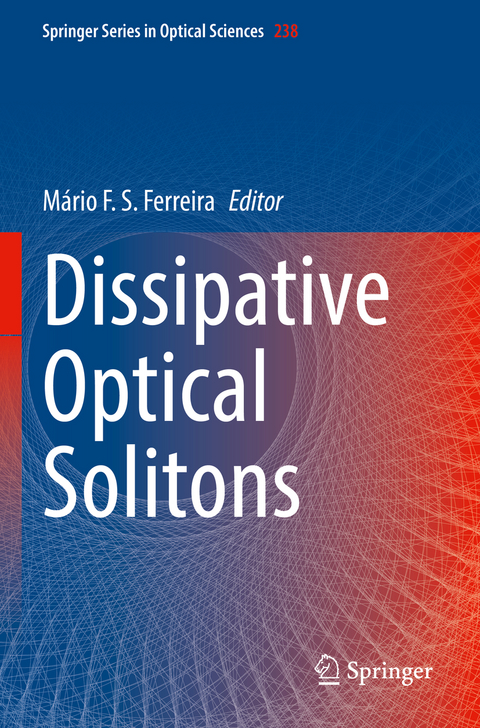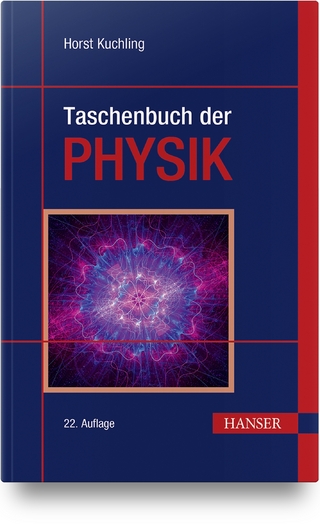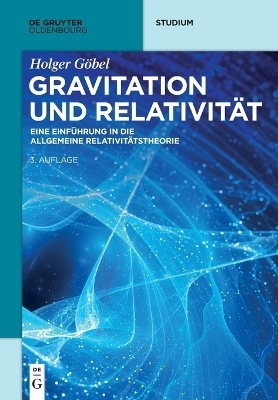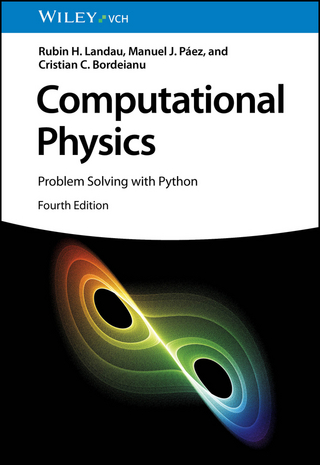
Dissipative Optical Solitons
Springer International Publishing (Verlag)
978-3-030-97495-4 (ISBN)
This book introduces the basic concept of a dissipative soliton, before going to explore recent theoretical and experimental results for various classes of dissipative optical solitons, high-energy dissipative solitons and their applications, and mode-locked fiber lasers.
A soliton is a concept which describes various physical phenomena ranging from solitary waves forming on water to ultrashort optical pulses propagating in an optical fiber. While solitons are usually attributed to integrability, in recent years the notion of a soliton has been extended to various systems which are not necessarily integrable. Until now, the main emphasis has been given to well-known conservative soliton systems, but new avenues of inquiry were opened when physicists realized that solitary waves did indeed exist in a wide range of non-integrable and non-conservative systems leading to the concept of so-called dissipative optical solitons.
Dissipative optical solitons have manyunique properties which differ from those of their conservative counterparts. For example, except for very few cases, they form zero-parameter families and their properties are completely determined by the external parameters of the optical system. They can exist indefinitely in time, as long as these parameters stay constant. These features of dissipative solitons are highly desirable for several applications, such as in-line regeneration of optical data streams and generation of stable trains of laser pulses by mode-locked cavities.
Mário F. S. Ferreira was born in Ovar, Portugal. He graduated in Physics from the University of Porto, Portugal, following which he received the Ph.D. degree in Physics in 1992 and the Aggregation in Physics in 2006, both from the University of Aveiro, Portugal, where he is now a Professor at the Physics Department. Between 1990 and 1991 he was at the University of Essex, UK, performing experimental work on external cavity semiconductor lasers and nonlinear optical fiber amplifiers. His research interests have been concerned with the modeling and characterization of multi-section semiconductor lasers for coherent systems, quantum well lasers, optical fiber amplifiers and lasers, soliton propagation, nanophotonics, optical sensors, polarization and nonlinear effects in optical fibers. He is actually the leader of the Optics and Optoelectronics Group of the I3N - Institute of Nanostructures, Nanomodelling and Nanofabrication. He has written about 350 scientific journal and conference publications, and several books.
He is a Senior Member of the Optical Society of America (OSA), SPIE - The International Society for Optical and Photonics, IEEE Photonics Society, and the Portuguese Physical Society. He has been a member of the Membership & Education Services Council, Publications Council, Web Committee, and Special Publications Activities Committee of OSA. He has been a member of the Symposia Committee and the SPIE Awards Committee of SPIE. He is a Travelling Lecturer of SPIE and OSA, having been invited to present lectures in many countries around the world. He has been the General Chair of the Optical Sensors Meeting, part of the annual OSA Advanced Photonics Congress since 2010. He served also in the technical committees of various international conferences and as a reviewer of several scientific journals in the area of optics and optoelectronics.
He is presently an Associate Editor of "Optical Fiber Technology- Materials, Devices, and Systems" (Elsevier) and a member of the Advisory Board of "Fiber and Integrated Optics" (Taylor & Francis), "Nonlinear Optics, Quantum Optics" (Old City Publishing, Inc.), "Journal of Optics and Photonics" (Herbert Publications), and "International Journal of Optics" (Hindawi Publishing Corporation).
Chapter1: Dissipative Solitons (DSs): an Introduction.- Chapter2: DSs in Semiconductor Lasers.- Chapter3: DSs in Passively Mode-Locked Lasers.- Chapter4: DS Buildup Dynamics.- Chapter5: Vector Dissipative Solitons.- Chapter6: Dispersion-Managed Dissipative Solitons.- Chapter7: RamanDissipative Solitons.- Chapter8: Dissipative Cavity Solitons.- Chapter9: LaserCavity-Soliton Micro-Combs.- Chapter10: Spatial Resonator Solitons.- Chapter11: Discrete Ginzburg-Landau Solitons.- Chapter12: Multi-Soliton Complexes.- Chapter13: Dissipative Soliton Resonance Pulses.- Chapter14: Ultra-Short High-Amplitude DSs.- Chapter15: Dynamics of Pulsating DSs.- Chapter16: L-band Tunable Dissipative Soliton Fiber Lasers.- Chapter17: Multiplexed Dissipative Soliton Fiber Lasers.- Chapter18: Noise-Like Pulses in Mode-Locked Fiber Lasers.- Chapter19: Dissipative Rogue Waves.
| Erscheinungsdatum | 26.09.2023 |
|---|---|
| Reihe/Serie | Springer Series in Optical Sciences |
| Zusatzinfo | XII, 364 p. 175 illus., 163 illus. in color. |
| Verlagsort | Cham |
| Sprache | englisch |
| Maße | 155 x 235 mm |
| Gewicht | 575 g |
| Themenwelt | Naturwissenschaften ► Physik / Astronomie |
| Schlagworte | Dissipative solitons • Ginzburg-Landau equation • high-energy optical pulses • mode-locked lasers • nonlinear pulse propagation • optical fiber solitons • soliton fiber lasers |
| ISBN-10 | 3-030-97495-2 / 3030974952 |
| ISBN-13 | 978-3-030-97495-4 / 9783030974954 |
| Zustand | Neuware |
| Haben Sie eine Frage zum Produkt? |
aus dem Bereich


